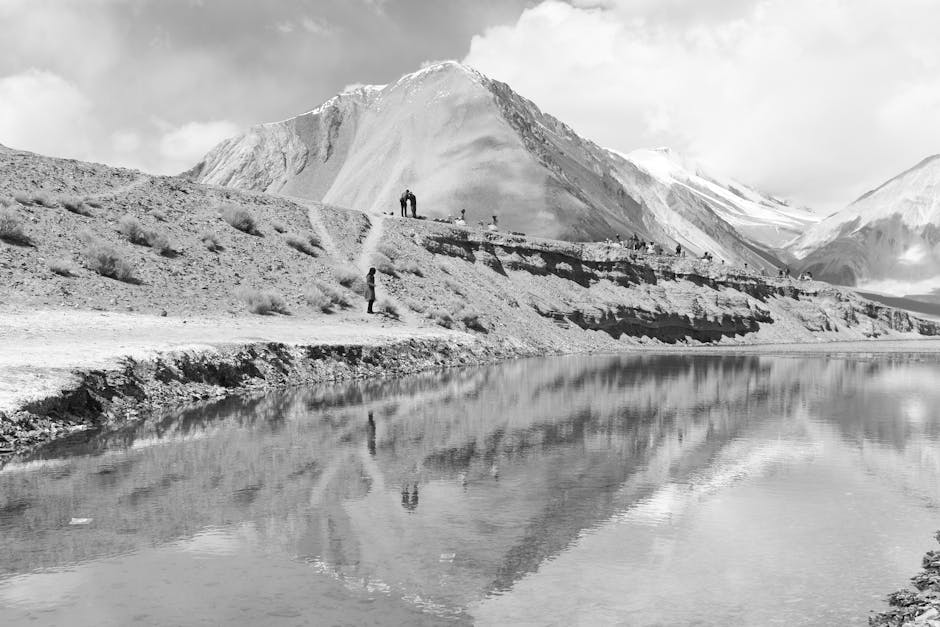Mastering the Art of Travel Photography: Tips for Stunning Shots
Travel photography offers a unique way to preserve the essence of the places we visit, capturing moments and details that go beyond memory. It combines technical skill with artistic vision, providing a medium to tell stories through visuals. Whether it’s a bustling cityscape, serene natural landscapes, or the cultural nuances of a destination, travel photography allows us to share our adventures in vivid detail. Mastering travel photography requires more than just pointing your camera at picturesque scenes. From understanding lighting to composing compelling shots and utilizing the right gear, there are various factors that contribute to creating truly stunning photographs.

Understanding Your Camera and Equipment
The foundation of great travel photography starts with knowing your camera and equipment inside out. Whether you're using a DSLR, mirrorless camera, or even a smartphone, familiarity with your gear allows you to make quick adjustments and adapt to changing conditions.
- Learn the key settings such as ISO, shutter speed, and aperture to control exposure effectively.
- Experiment with different lenses for varying perspectives, wide-angle lenses are excellent for landscapes, while telephoto lenses can isolate subjects from a distance.
- Invest in a sturdy tripod for low-light conditions or long-exposure shots.
It’s also essential to keep your equipment lightweight and portable. Overpacking can hinder your ability to move freely, especially during hikes or urban exploration. Accessories like microfiber cloths for lens cleaning and extra batteries should always be part of your kit.
The Role of Lighting
Lighting plays an integral role in determining the quality and mood of your photographs. Natural light is often preferred for travel photography due to its dynamic nature and availability.
Golden hour (shortly after sunrise or before sunset) is considered prime time for shooting. The soft, diffused light during these times minimizes harsh shadows and adds warmth to images. On the other hand, midday sunlight can be harsh but might work well for capturing vibrant colors or creating strong contrasts.
If you're shooting indoors or at night, consider using available light sources such as street lamps or candles creatively. Avoid relying too heavily on flash as it can flatten out details and make images look unnatural.
Composing Impactful Shots
Strong composition sets apart mediocre photos from stunning ones. Following established rules like the rule of thirds can help create balanced and visually pleasing images. Positioning key elements off-center draws the viewer's eye naturally across the frame.
- Look for leading lines in the environment (roads, rivers, or pathways) that guide attention towards your subject.
- Use natural frames such as archways or tree branches to add depth and context.
- Experiment with symmetry or asymmetry depending on the scene's dynamics.
Being observant also helps you capture candid moments that convey emotion and tell a story. Always keep an eye out for patterns, textures, and contrasts that might add intrigue to your shots.
Cultural Sensitivity and Ethical Practices
When photographing people or cultural landmarks during your travels, it’s crucial to approach subjects respectfully. Always ask permission before taking close-up shots of individuals, this not only demonstrates courtesy but also helps establish genuine connections.
Avoid intruding on sacred sites or disrupting local customs for the sake of a photo. Researching cultural norms beforehand ensures you don’t unintentionally offend anyone while capturing authentic moments responsibly.
Post-Processing for Final Touches
Post-processing is an invaluable step in enhancing your travel photos without compromising their authenticity. Software like Adobe Lightroom or Snapseed offers user-friendly tools to adjust exposure, contrast, saturation, and sharpness.
Maintain moderation during editing; over-saturated colors or heavy filters can detract from the original scene's realism. Instead, focus on subtle adjustments that highlight details while preserving the natural essence of the image.
Mastering travel photography involves a blend of technical knowledge, creative vision, and respect for the places you capture. The next time you embark on an adventure with your camera in hand, remember these tips to transform ordinary moments into extraordinary memories worth sharing.
This article was generated by AI